Dry needling is a popular physical therapy technique. It is a quickway to help get rid of some of the knots that you might have hanging out that have been causing pain and limiting your range of motion. For this reason every physical therapist at Rose PT is certified to perform dry needling. This blog entry covers a few common questions that newcomers to dry needling often have.
What is a trigger point?
A trigger point, or a knot, is an over contracted muscle. Muscles have cross bridges that contract and relax through a range of motion. Sometimes areas of muscle contract involuntarily and stay contracted, and these are often referred to as trigger points. We find your trigger point by palpating and getting feedback from our client.
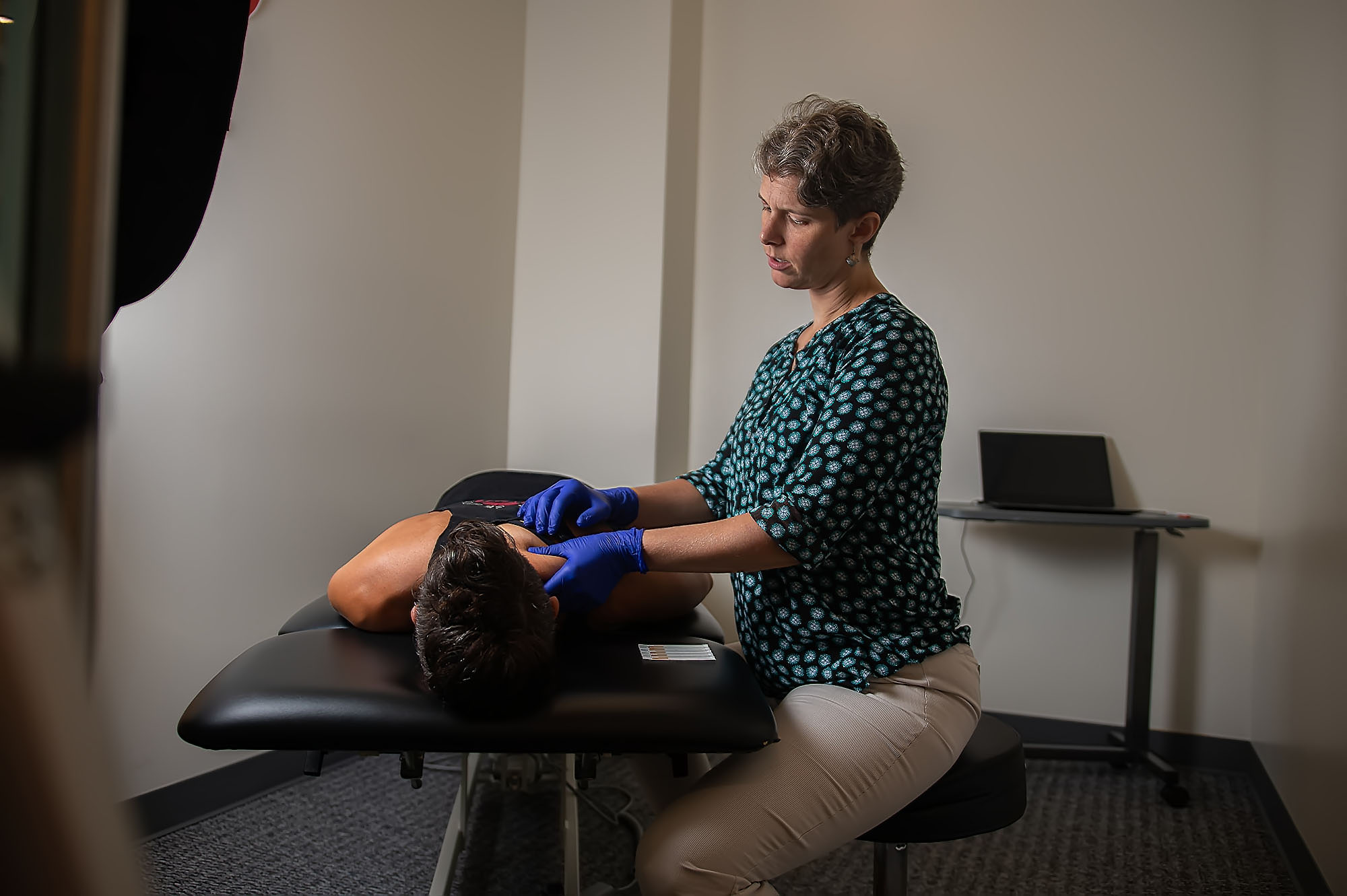
Why do I have knots?
Knots can happen for a few different reasons. One reason is that they provide stability. When our body senses some instability, the muscles can stiffen up or create knots which in turn provides some stiffness and stability. Another reason knots form is because our muscles might tense up before a trauma happens, like a fall, in order to protect us and reduce the risk for damage to other structures like bones, tendons, or ligaments. The issue then comes when our muscles don’t relax after and are living in an over contracted state which then leads to these trigger points.
How does dry needling work?
We use a thin monofilament needle and go into the trigger point, then when we are in the active trigger point the muscle twitches. It can be kind of weird the first time when your muscles move and you didn’t tell them to move, but we are trying to get the muscle to twitch. This twitch allows the muscle to essentially reset and it can now move through a greater range of motion.
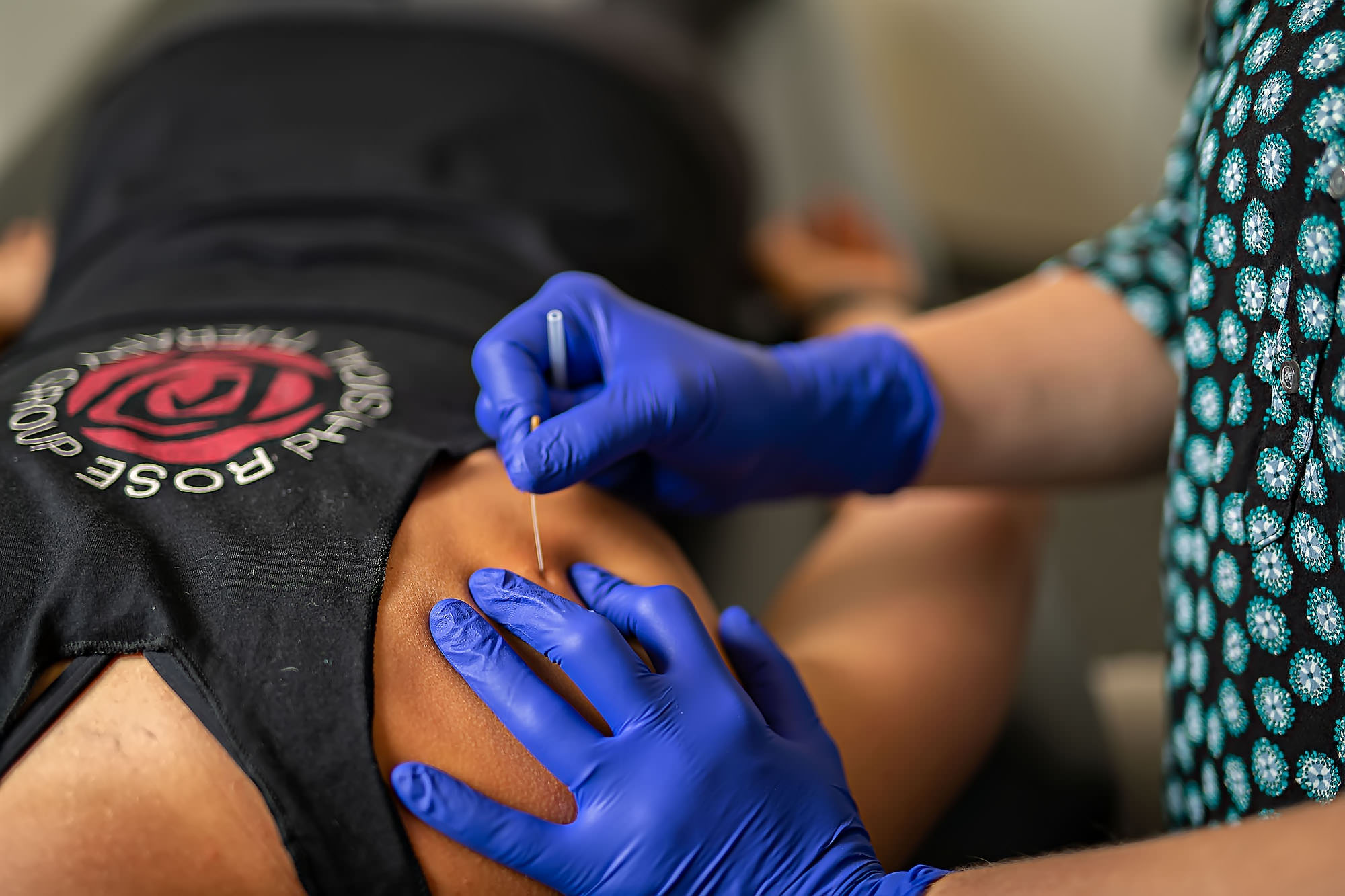
Is it like acupuncture?
Nope! The only similarity of trigger point dry needling and acupuncture is the needles that we use, we use tiny thin flexible needles just like acupuncture does. Acupuncture is based on Eastern Medecine meditative and sometimes energy treatments in which typically many needles are inserted and remain in the skin for a period of time. In dry needling, the needle is moved quickly in and out of a muscle trigger point, rarely being left in place for any extended period of time.
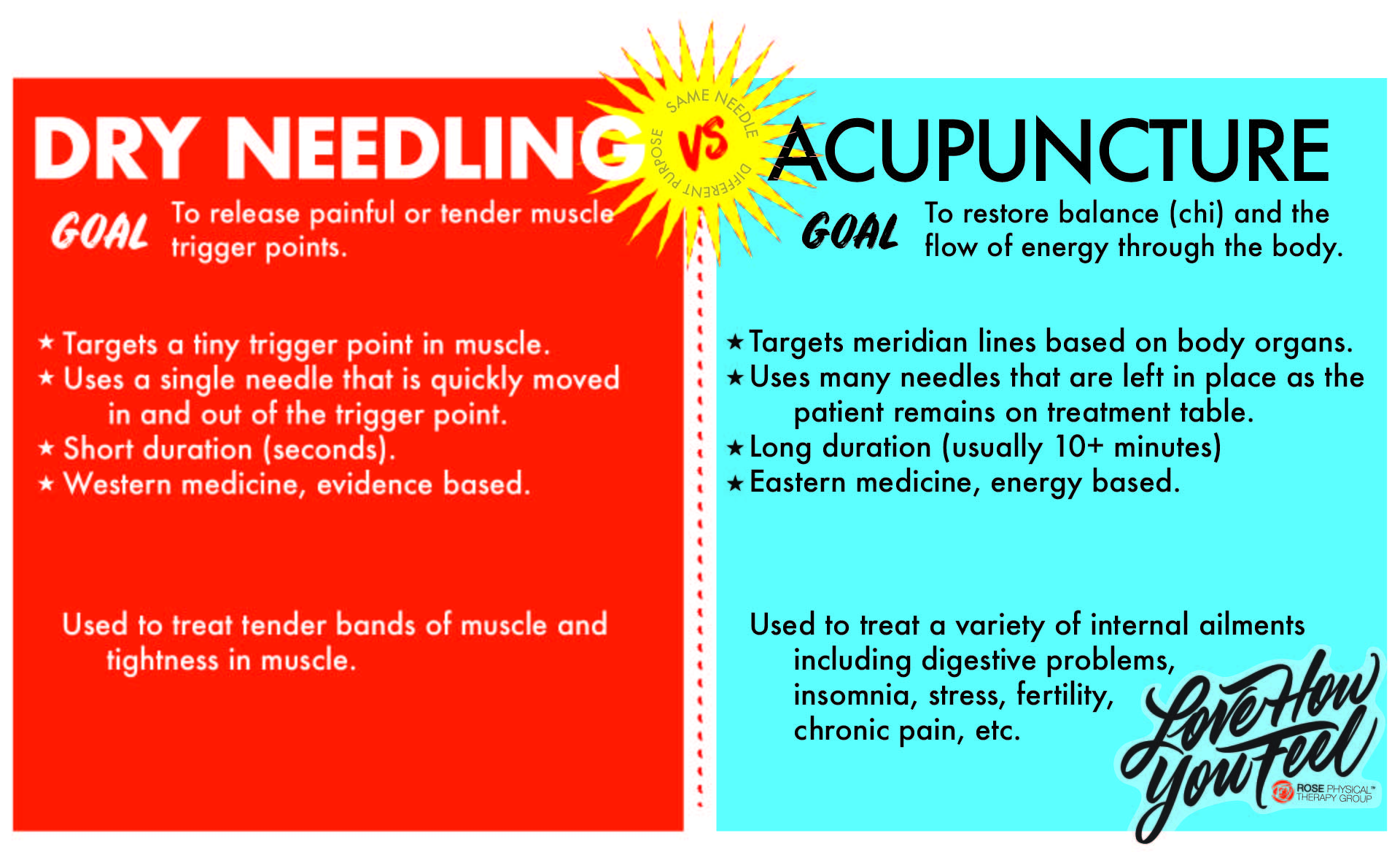
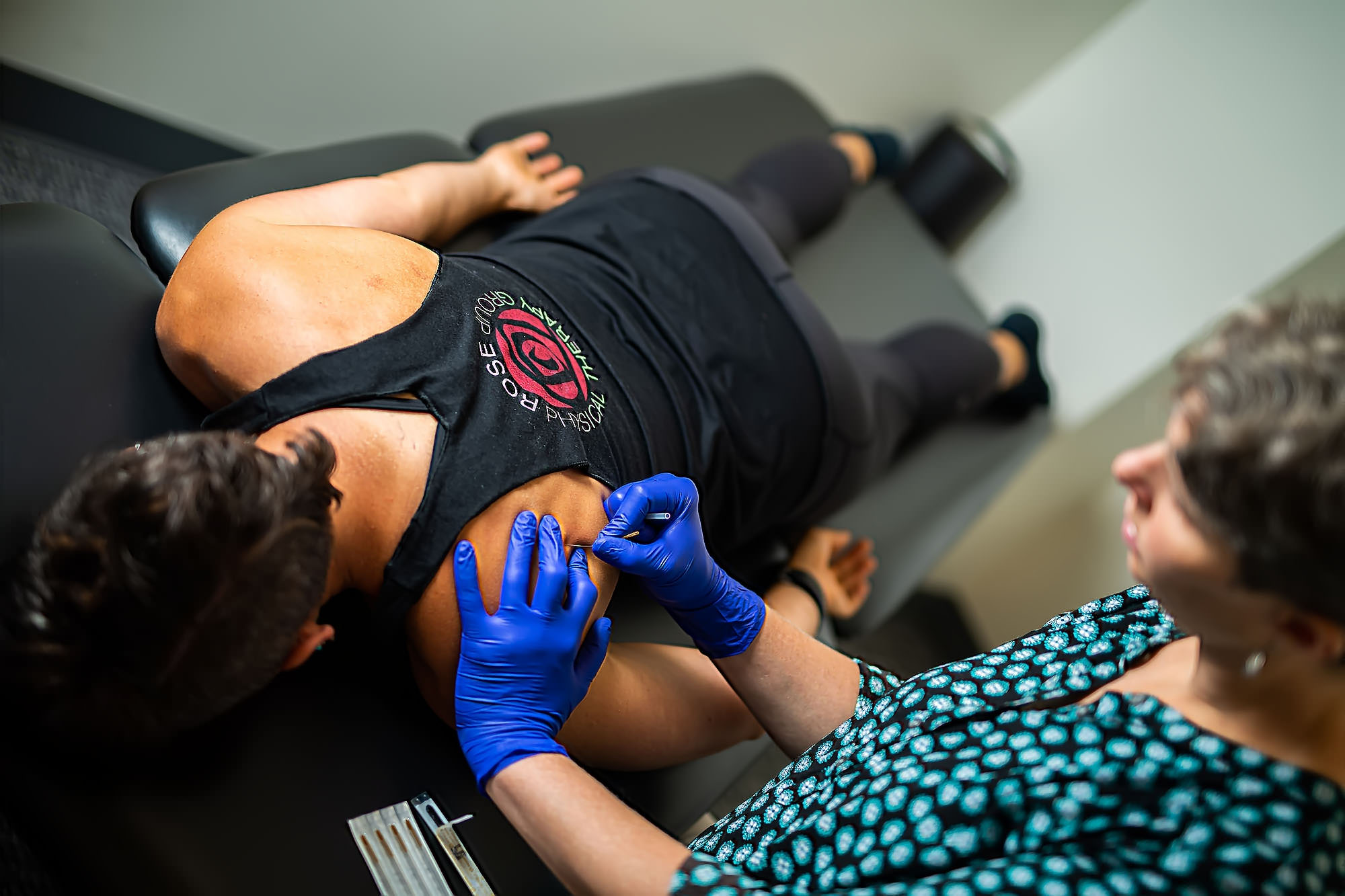
Will I be sore and will it hurt?
Everyone responds differently to dry needling with respect to soreness and pain after treatment. I typically tell clients to expect to be sore for about 24-48 hours after dry needling but the more you move your muscles after, the better it will feel. For me it just feels like I did an intense workout with that muscle and it resolves by the next day because I keep moving for the rest of the day. Until you are experienced with what to expect from dry needling, it is best to avoid doing it right before an important athletic event where pain or discomfort could mitigate your performance.
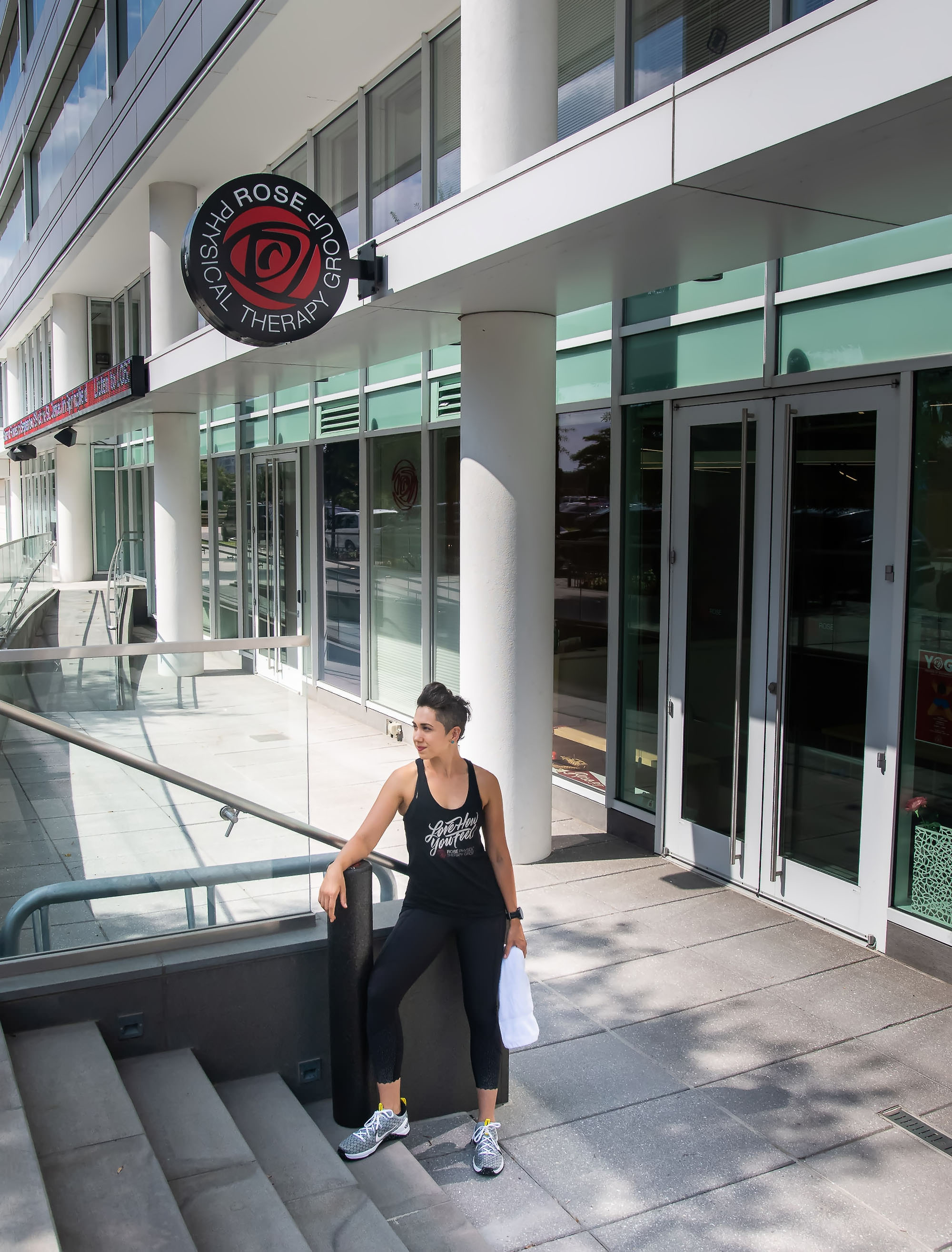
Will the knot return after?
Sometimes the knots can return if we don’t appropriately stretch and strengthen after we use dry needling. I have seen good results with combining dry needling with resistance and mobility training.
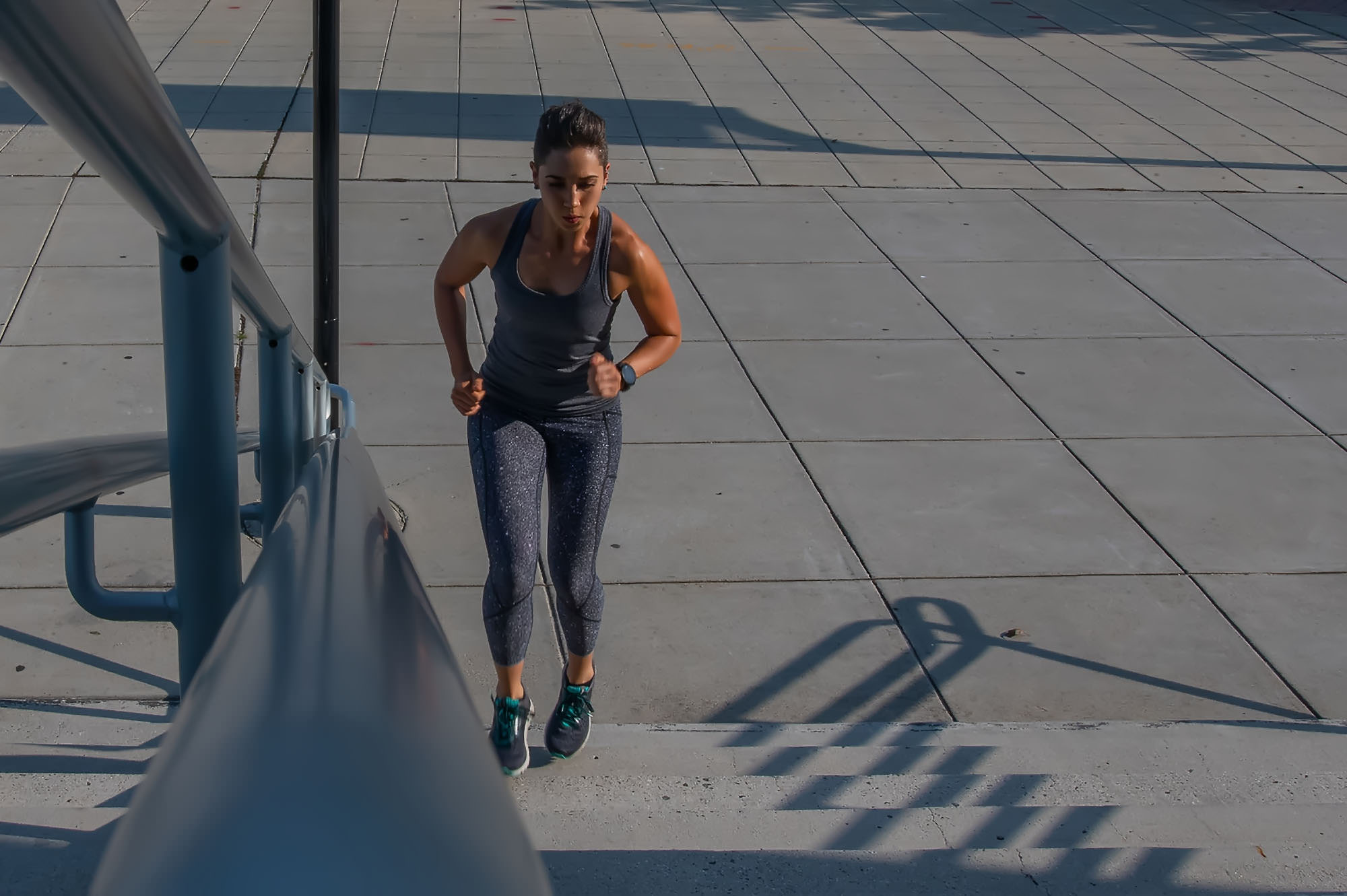
If you are interested in trying dry needling, our team of physical therapists at Rose Physical Therapy Group are ready to help at one of our two convenient locations in Downtown Washington DC or Navy Yard.


